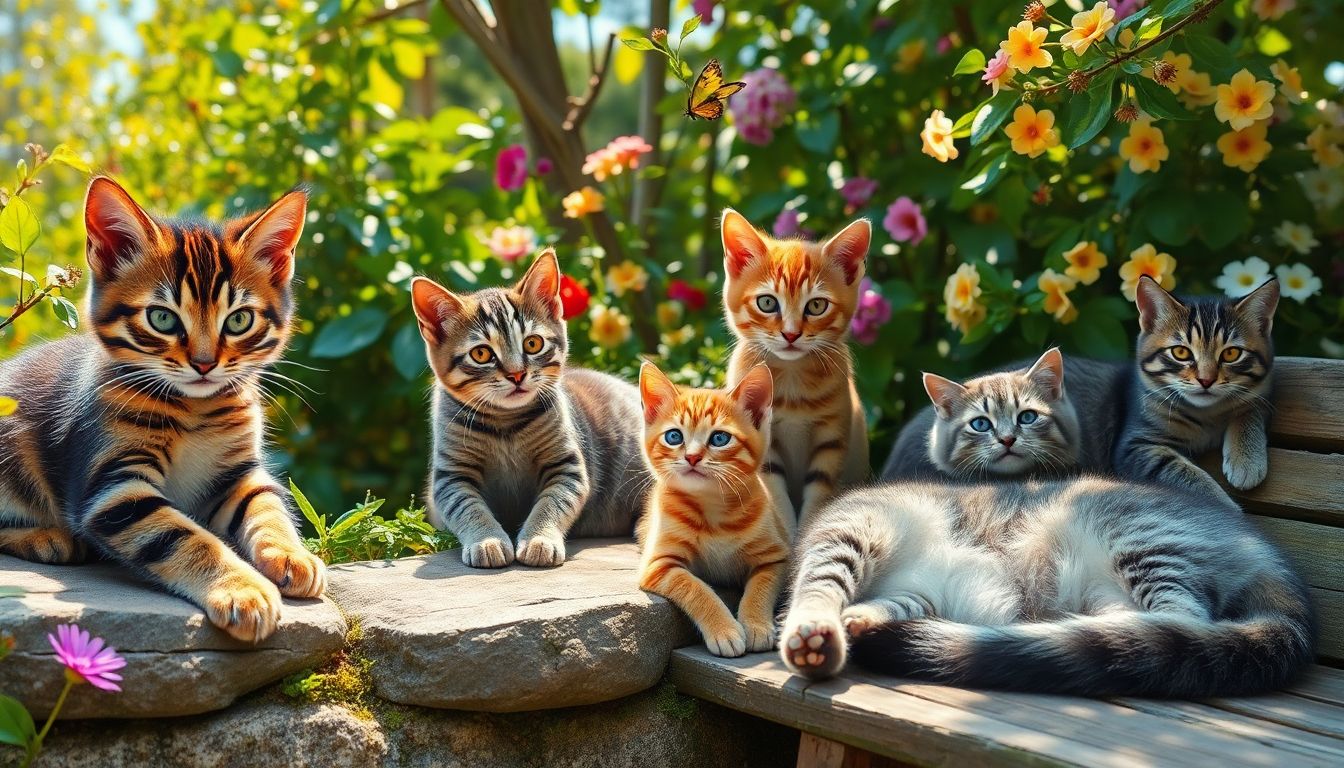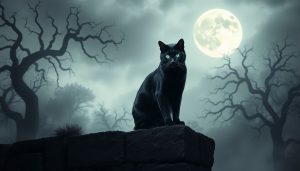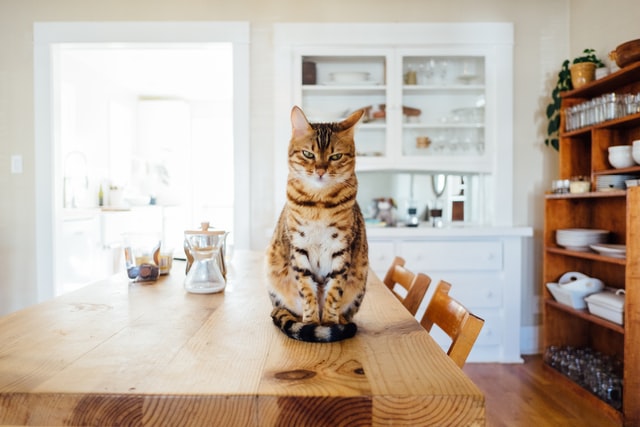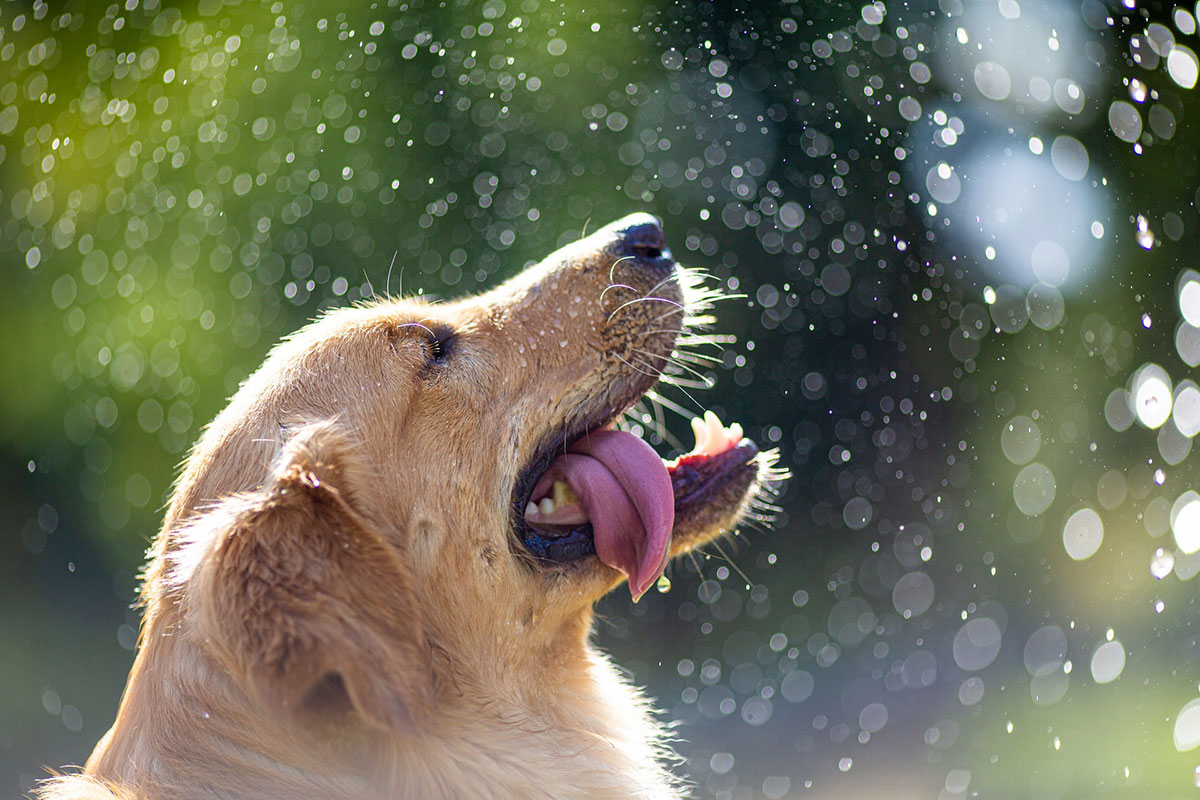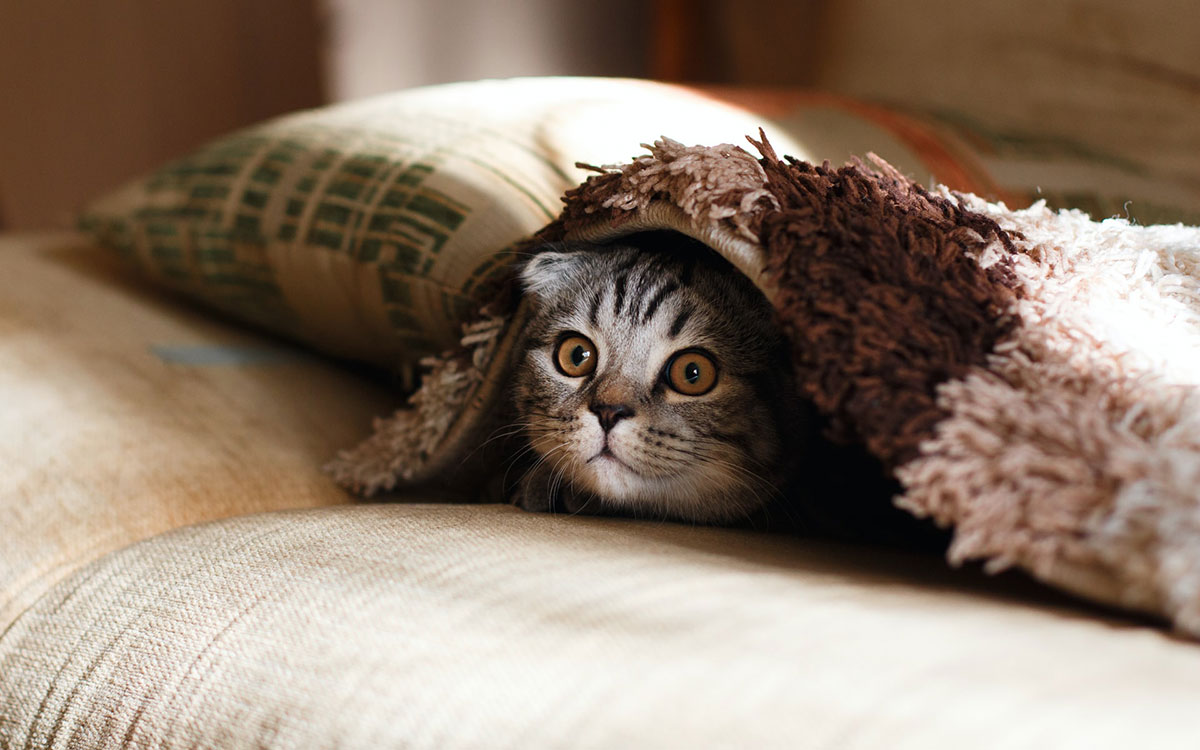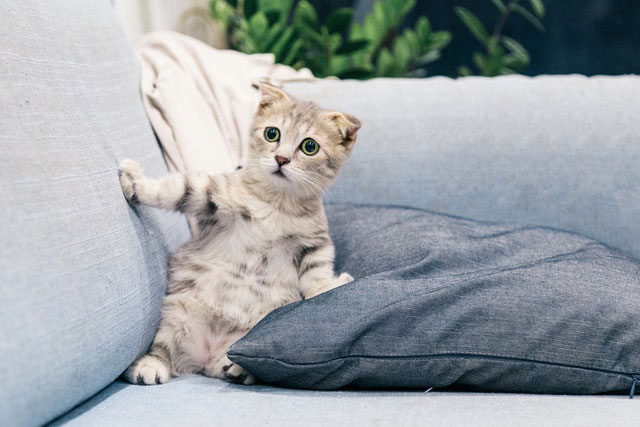Introduction
Tabby cats are one of the most popular and recognized cats around. Their unique pattern of coats makes them different from other cats. Tabby cats are found rather everywhere – from cuddling themselves in warm homes to bustling busy streets. Knowing the different types helps in choosing the right pet or appreciating these cats more. Understanding their differences also aids in better care.
What Are Tabby Cats? A Brief Description
Tabby is not a breed but a pattern that features stripes, spots, or swirls. This pattern dates back thousands of years, with ancient Egyptian depictions of tabby-marked cats seen as lucky omens. Today, tabby cats are beloved companions across the world.
Tabby Types Based on Their Body Coat Patterns
Classic (Marbled) Tabby
Classic tabbies have a marble or bullseye pattern creating a whirlpool effect. Breeds like Maine Coons and American Shorthairs commonly show this pattern. Their calm disposition matches their beautifully broad coat patterns.
Mackerel Tabby
Mackerel tabbies display narrow, parallel stripes running down their bodies, resembling a fish skeleton. Domestic Shorthairs often show this pattern. These cats are curious, friendly, and playful, thriving with mental stimulation.
Spotted Tabby
Spotted tabbies have spots or rosettes similar to wild cats like leopards. Breeds like Bengals and Ocicats often show this. They are adventurous and excel at camouflage in natural surroundings.
Ticked or Agouti Tabby
Ticked tabbies have a salt-and-pepper appearance due to multi-banded hairs. Abyssinians and Somali cats often exhibit this pattern. They are intelligent, active, and require close examination to notice their unique fur banding.
Types of Tabby Cats by Color
Brown and Gray Tabbies
These common tabbies range from deep chocolate to light slate gray, especially seen in American Shorthairs. They are affectionate, resilient, and easygoing.
Silver and Charcoal Tabbies
Silver tabbies, often seen in Turkish Vans, feature vivid silver coats marked with black or dark gray. Proper grooming helps maintain their striking appearance.
Orange (Ginger) Tabbies
Orange tabbies, known for their fiery coats, are friendly and extroverted. Characters like Garfield have made them famous. Their playful and affectionate nature makes them family favorites.
All the Other Colored Variants
Cream, cinnamon, and rare-colored tabbies occasionally appear, offering unique individuality. These rare hues require attentive grooming to keep their coats healthy and vibrant.
How to Identify the Different Types of Tabby for Their Unique Personalities
Patterns and colors often align with temperament. Classic tabbies are calm, mackerel tabbies are active, spotted tabbies are curious, and ticked tabbies display calm intelligence. Choosing a tabby that fits your lifestyle is crucial. Be mindful of breed-specific health concerns, and always consult a veterinarian for guidance.
An Overview of Tabby-Feline Sacred Care
Grooming needs vary by coat length. Short-haired tabbies need minimal grooming, while long-haired ones require regular brushing with suitable combs. A balanced diet promotes healthy fur. Toys, scratching posts, and puzzle feeders help maintain mental and physical well-being. Regular veterinary checkups are essential for a happy, healthy life.
Cultural Significance and Tidbits
Tabby cats are seen as good luck charms in Japan and Egypt. Folklore suggests they can ward off evil spirits, and in medieval Europe, they were believed to be witches’ familiars. Today, tabby cats symbolize warmth, charm, and are celebrated in popular culture and storytelling.
Conclusion
From classic marbling to lively spots and subtle ticking, tabby cats showcase the rich diversity of feline beauty. Their distinct looks are matched by their vibrant personalities, making them perfect companions. Whether you prefer the calmness of a classic tabby or the adventurous spirit of a spotted one, every tabby cat adds a special flavor to your home. Cherish them, and remember that every tabby has a unique tale to tell.
